During April 2019 Executives from Safe Work Australia (SWA) attended the Senate Estimates hearings as usual. This current session was a little different as a General Election was imminent and Industrial Manslaughter laws have increased focus on occupational health and safety (OHS) organisations and regulators. Also the Committee included Senator Gavin Marshall who, late last year, was the Chair of the committee which conducted an inquiry into industrial deaths.
Continue reading “Safe Work Australia at Senate Estimates”Category: dust
What was overlooked during Budget week
Last week the Australian media was dominated by discussions on the Federal Budget and it being the precursor to a Federal Election in May 2019. But there were several actions in the few scheduled days of Parliament which relate to occupational health and safety (OHS). Below is a summary of some of them.
Labour Hire
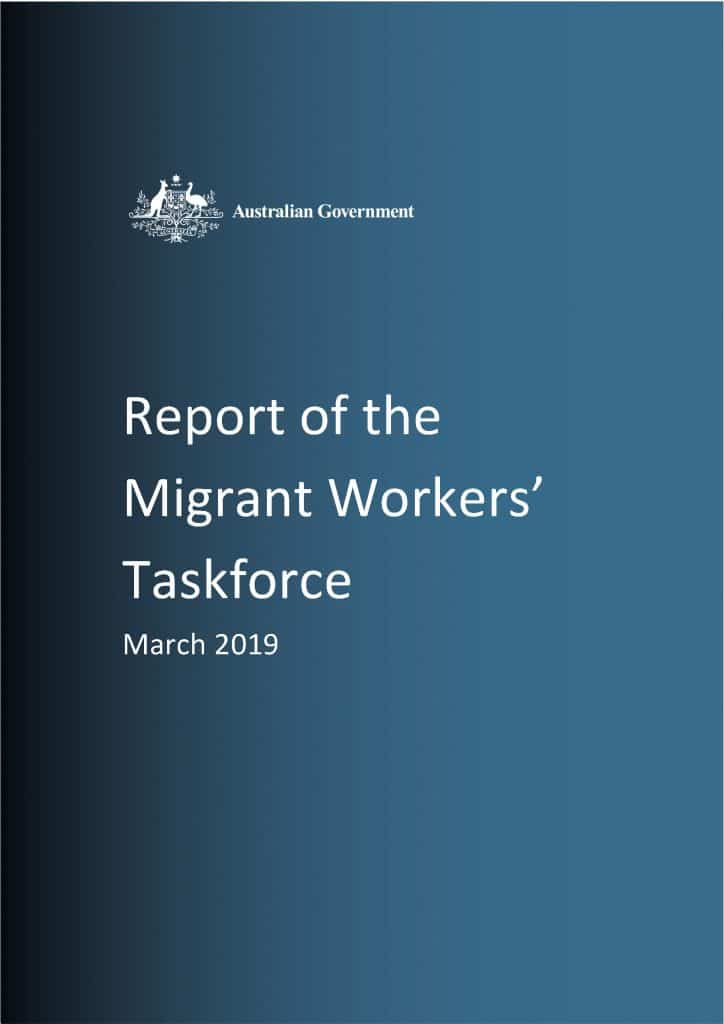
In support of the Morrison Government Budget, Minister for Jobs and Industrial Relations, Kelly O’Dwyer, issued a media release stating that in response to Migrant Workers Taskforce Report, the Government (should it be re-elected, in reality) will establish:
“….a National Labour Hire Registration Scheme to ensure compliance and transparency in the labour hire industry in high-risk sectors;”
ACCI on silicosis
The business sector of Australia has been remarkably quiet on the recent media attention given to hazard of silicosis in, particularly, the synthetic stone commonly used as kitchen benchtops. However the Australian Chamber of Commerce and Industry (ACCI) did make a media statement.
It largely emphasised its role as a member of Safe Work Australia and the action taken on silicosis matters through that mechanism. However membership of a tripartite consultative mechanism does not mean that that is the only pathway for change. SafetyAtWorkBlog put some questions to ACCI about silicosis and its Associate Director, Work Health & Safety and Workers’ Compensation Policy, Jennifer Low, responded:
SAWB: The media statement says that ACCI will continue to be active through its representation on Safe Work Australia. Are there any specific dust-related initiatives that ACCI is recommending to its members? Perhaps in relation to supply chain safety on high silica-content products? Continue reading “ACCI on silicosis”
Political tennis on silicosis begins
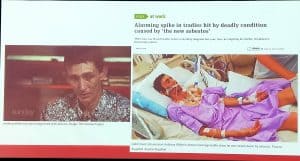
It was reported on October 11 2018 that Australia’s Health Minister, Greg Hunt, has called for:
“… state workplace regulators to immediately investigate risks to the health of stonemasons, and stop unsafe work practices.”
Some reports have said that a statement was issued:
“Mr Hunt issued a statement saying he and the Chief Medical Officer would raise the issue at a health COAG meeting in Adelaide on Friday. He said the meeting would be asked to consider whether a national dust diseases register should be developed.”
However the Minister’s Office has advised SafetyAtWorkBlog that no formal statement has been made. This makes it a bit hard to determine what exactly he is asking for on the prevention of silicosis but the States have begun to respond.
The Victorian Minister for Health,
By looking at the silicosis tree, we might miss the forest of dust
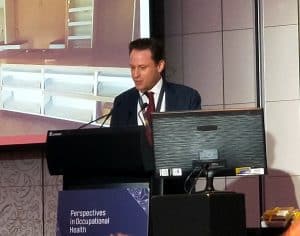 Rumours of a TV report on the increasing hazards of silicosis have floated around for a week or so. On October 10 2018, the show appeared on the Australian Broadcasting Corporation’s 7.30 program. But the story is much bigger than the ten minutes or so on that program.
Rumours of a TV report on the increasing hazards of silicosis have floated around for a week or so. On October 10 2018, the show appeared on the Australian Broadcasting Corporation’s 7.30 program. But the story is much bigger than the ten minutes or so on that program.
The focus is understandably on silica but perhaps that is too specific. Maybe the issue of dust, in general, needs more attention.
However,
PPE review – EyeMuffs
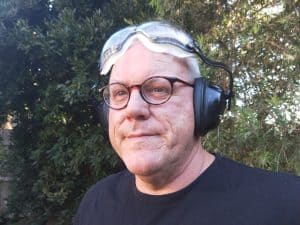 It is rare to find new designs in personal protective equipment (PPE). Trousers may have new pockets or padding. Helmets may have additional ventilation. Goggles have improved anti-fog holes. But rarely is PPE combined.
It is rare to find new designs in personal protective equipment (PPE). Trousers may have new pockets or padding. Helmets may have additional ventilation. Goggles have improved anti-fog holes. But rarely is PPE combined.
The evidence on occupational lung diseases remains inadequate
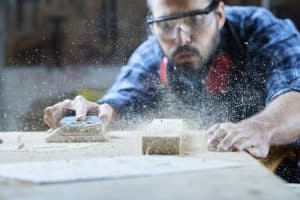 Workplace injury statistics are always less than reality as they are based on the number of workers’ compensation claims lodged with occupational health and safety (OHS) regulators or insurance agents. The nature of occupational illnesses is that there may be many years before their presence is physically identified making them more contestable by insurers and less likely to appear in compensation data. The frustration with this lack of data was voiced on November 13 2017 in an article in the Medical Journal of Australia (not publicly available).
Workplace injury statistics are always less than reality as they are based on the number of workers’ compensation claims lodged with occupational health and safety (OHS) regulators or insurance agents. The nature of occupational illnesses is that there may be many years before their presence is physically identified making them more contestable by insurers and less likely to appear in compensation data. The frustration with this lack of data was voiced on November 13 2017 in an article in the Medical Journal of Australia (not publicly available).
A summary of the research article includes this alarming statistic:
“Occupational exposures are an important determinant of respiratory health. International estimates note that about 15% of adult-onset asthma, 15% of chronic obstructive pulmonary disease and 10–30% of lung cancer may be attributable to hazardous occupational exposures.”
